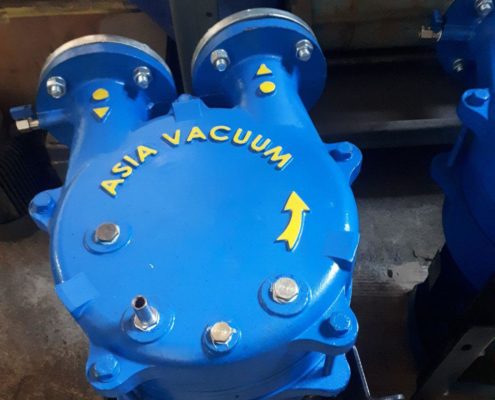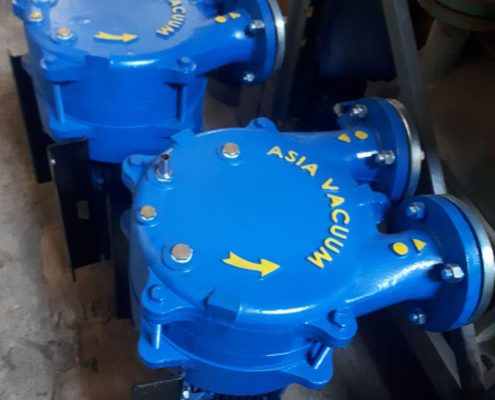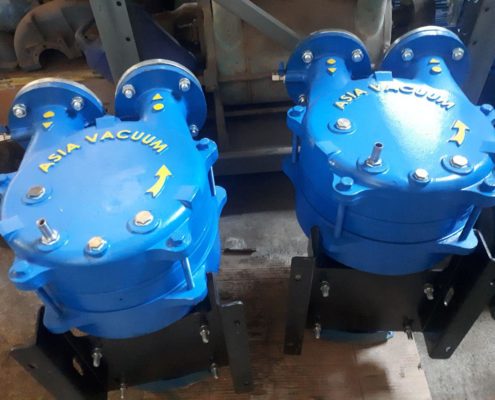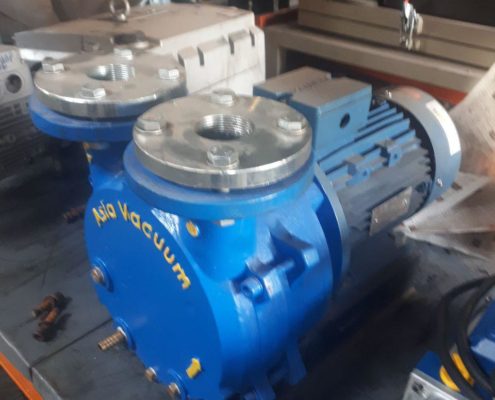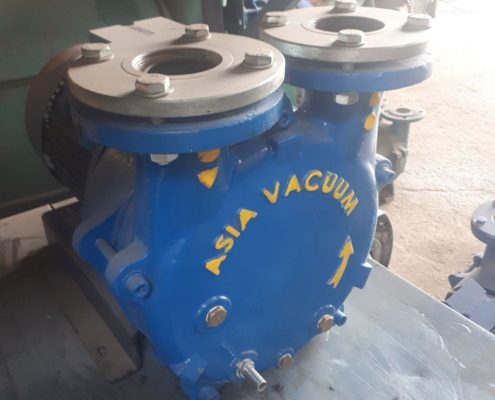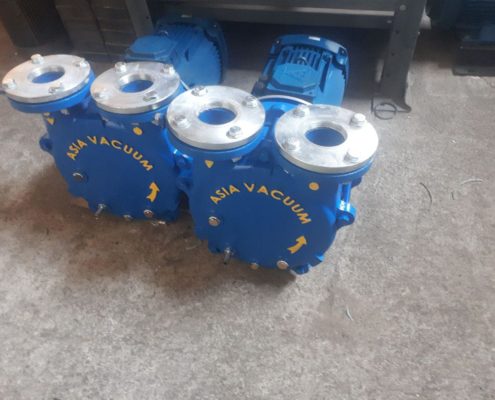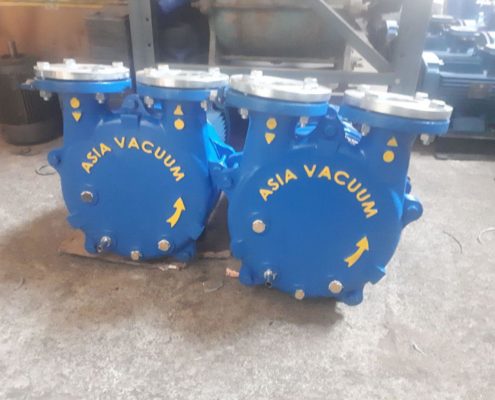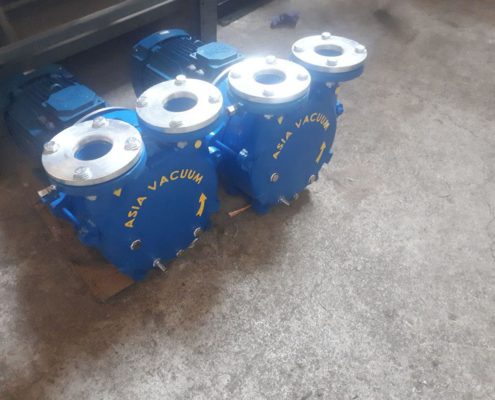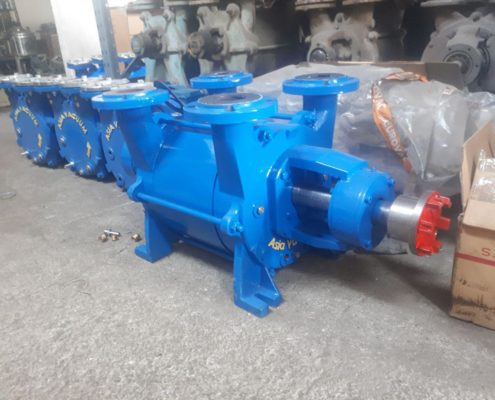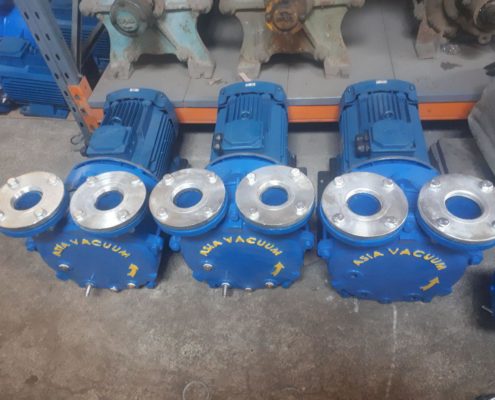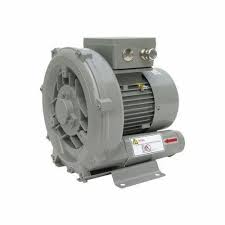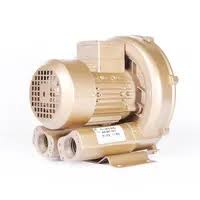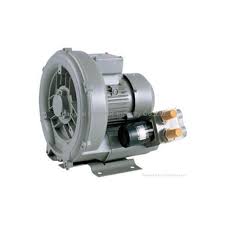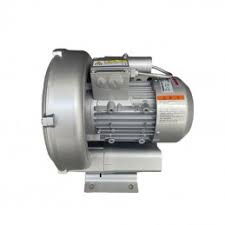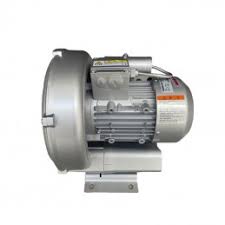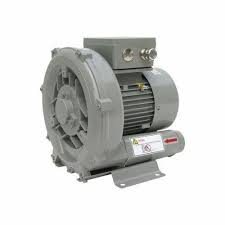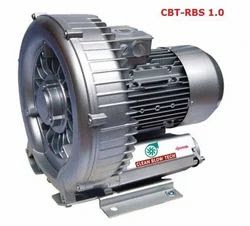What is blower and its types?
A blower is a device that increases the velocity of air or gas by imparting energy, essentially creating a flow of air or gas. Blowers are used in various applications, from cooling and ventilation to conveying materials and creating air pressure for industrial processes. They can be broadly categorized into centrifugal and positive displacement types.
Here’s a breakdown of the main types:
۱٫ Centrifugal Blowers:
- These blowers use a rotating impeller to accelerate air outward, creating a centrifugal force.
- They are often used in HVAC systems, industrial ventilation, and air pollution control.
- Subtypes:
- Single-stage: Air passes through the impeller once.
- Multistage: Air passes through multiple impellers, increasing pressure and airflow.
- High-speed: Designed for higher pressure and airflow.
- Single-stage: Air passes through the impeller once.
- Characteristics: Airflow can be affected by pressure changes; they are suitable for applications not prone to clogging.
۲٫ Positive Displacement Blowers:
- These blowers use rotating elements, like lobes or screws, to trap and move air through the blower housing.
- They provide a constant volume of air, regardless of system pressure changes.
- Subtypes:
- Rotary lobe: Uses rotating lobes to push air.
- Helical screw: Uses helical screws to move air.
- Regenerative: Uses a rotating impeller to create airflow through a regenerative process.
- Rotary lobe: Uses rotating lobes to push air.
- Characteristics: Known for delivering a consistent airflow even with varying system pressures; used in pneumatic conveying, wastewater treatment, and aeration.
Which is better blower or fan?
When should you use a leaf blower?
What is a powerful leaf blower?
 وکیوم آبی و بلوئر هوا فروش و تعمیر انواع وکیوم آبی و بلوئر هوا
وکیوم آبی و بلوئر هوا فروش و تعمیر انواع وکیوم آبی و بلوئر هوا

